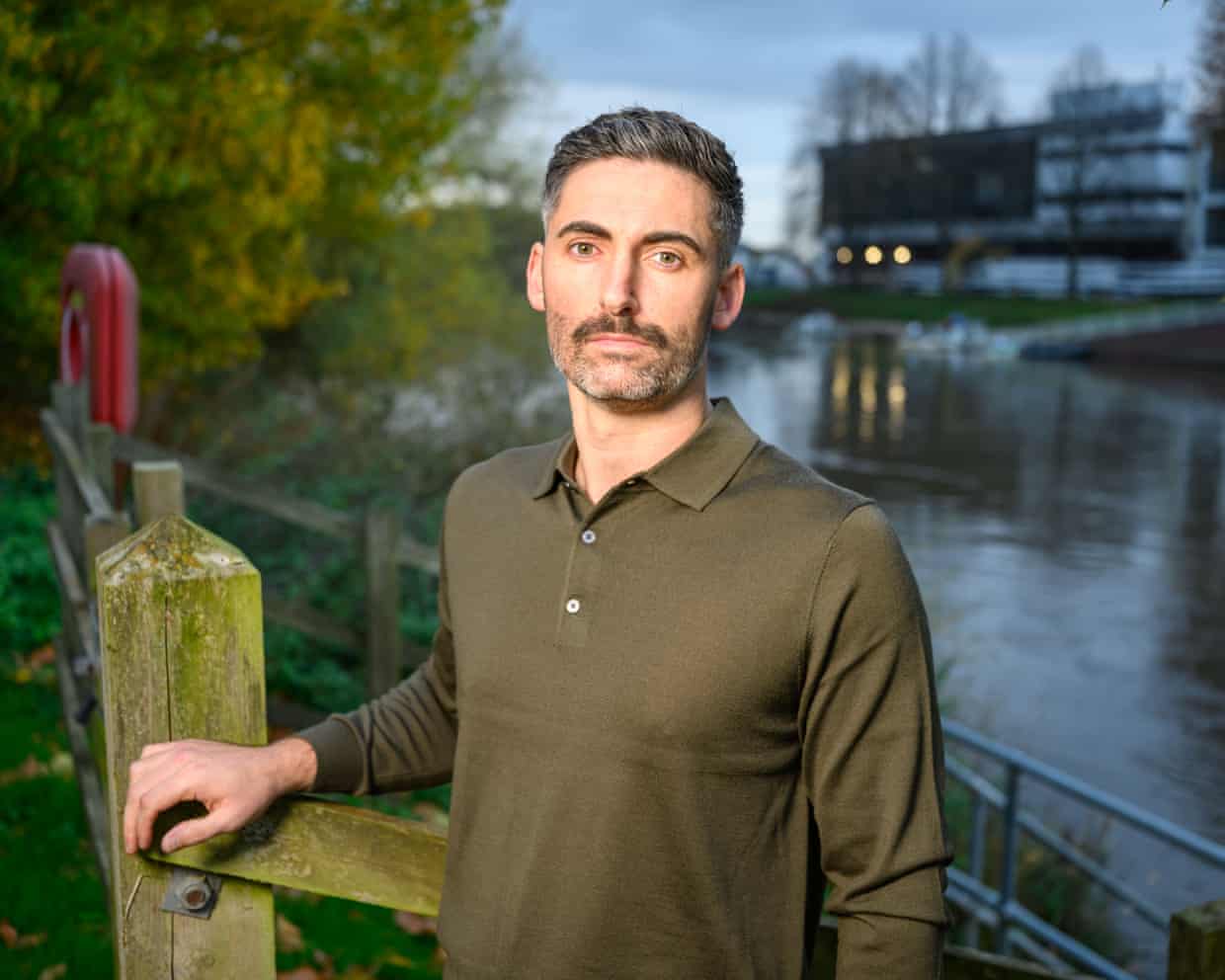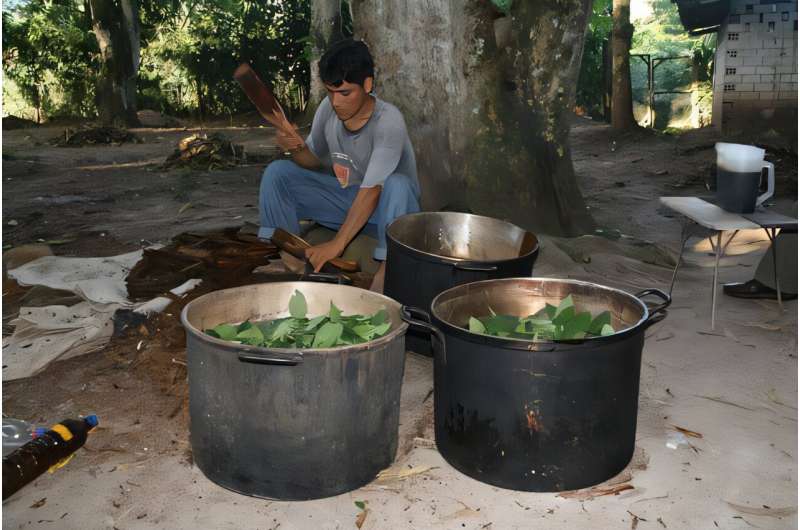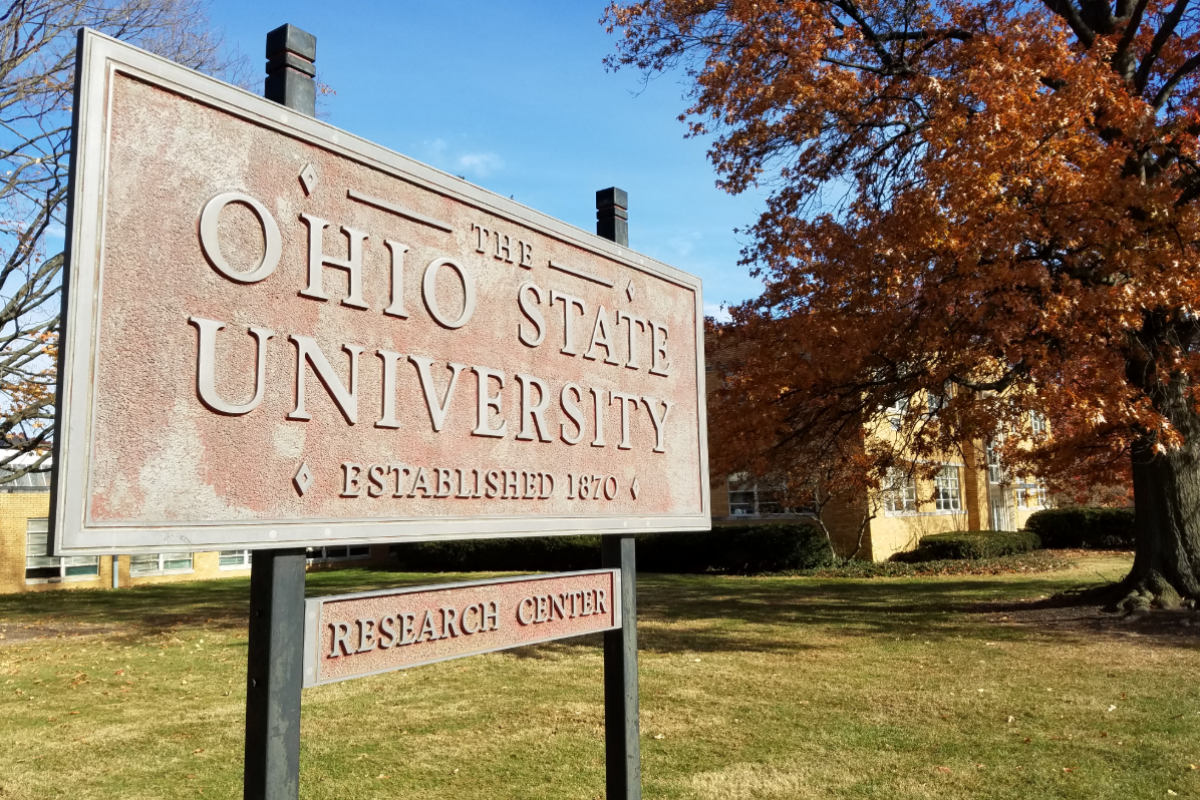On January 1, 2022, Colin McGarva leapt into a flooding river in Worcester to save an unconscious woman. Without hesitation, he disregarded the potential danger to himself, driven solely by the instinct to help. “Someone’s life is an important thing. Helping is just something you have to do,” McGarva explained, highlighting a profound human impulse in critical situations.
This instinct to act heroically came into the spotlight following a mass stabbing on a high-speed train from Doncaster to London. While initial reports described chaos and fear among passengers, stories soon emerged of individuals displaying remarkable bravery. Notably, Samir Zitouni, an employee of LNER, was commended for putting his own safety at risk to protect others. Following his hospitalization due to injuries sustained while saving lives, he was recognized by police and the UK transport secretary, Heidi Alexander, who stated, “There are people who are alive today who wouldn’t be… were it not for his actions.”
As discussions surrounding heroism proliferated, experts in bystander intervention emphasized that selfless acts are more common than the myth of “bystander apathy” suggests. According to Prof. Stephen Reicher, a psychologist at the University of St Andrews, the idea that individuals panic and flee in emergencies is largely a fabrication of Hollywood. “Characteristically, people stay and help each other,” he noted, referencing historical events such as the 7/7 attacks in London and the 1999 bombing at the Admiral Duncan pub, where bystanders supported one another despite the threat of further violence.
Research conducted by Reicher and colleagues during the Leytonstone tube attack in 2015 revealed a high level of spontaneous coordination among bystanders. Some directed others away from danger, while others confronted the attacker, demonstrating that heroism often emerges from collective action rather than isolated bravery.
Prof. Clifford Stott, a crowd psychology specialist at Keele University, echoed Reicher’s sentiments, asserting that modern research disproves the notion of bystander apathy. “What modern research shows is that the public are very good at protecting themselves, and the heroic actions that hit the headlines are actually underlying, natural tendencies in all of us,” he said. This perspective presents a more optimistic view of humanity, suggesting that society should nurture and empower these instincts, especially as climate-related emergencies are expected to rise.
“Scaffolding local resilience and building infrastructures within communities will help manage the motivation people have to step in,” Stott added. The importance of fostering a sense of community and connection in emergencies was also highlighted by Prof. John Drury from the University of Sussex. He argued that authorities should support people’s natural inclination to unite and assist each other. Drury pointed out that the language used by first responders plays a crucial role in this process. He recommended using inclusive language that emphasizes community, such as referring to “us” and “we” instead of “the public.”
In addition, Dr. Gill Harrop, who leads the Bystander Intervention Programme at the University of Worcester, noted that many institutions are already fostering a culture of assistance. “We’re seeing this happening now with bystander intervention training in schools, colleges, universities, policing, and even the NHS,” she stated.
This growing emphasis on training and preparation aims to create communities of active bystanders, which Harrop described as a significant and positive step forward. Such initiatives could ultimately empower individuals to act in crises, reinforcing the idea that heroism is not a rare trait but a common human instinct waiting to be harnessed.







